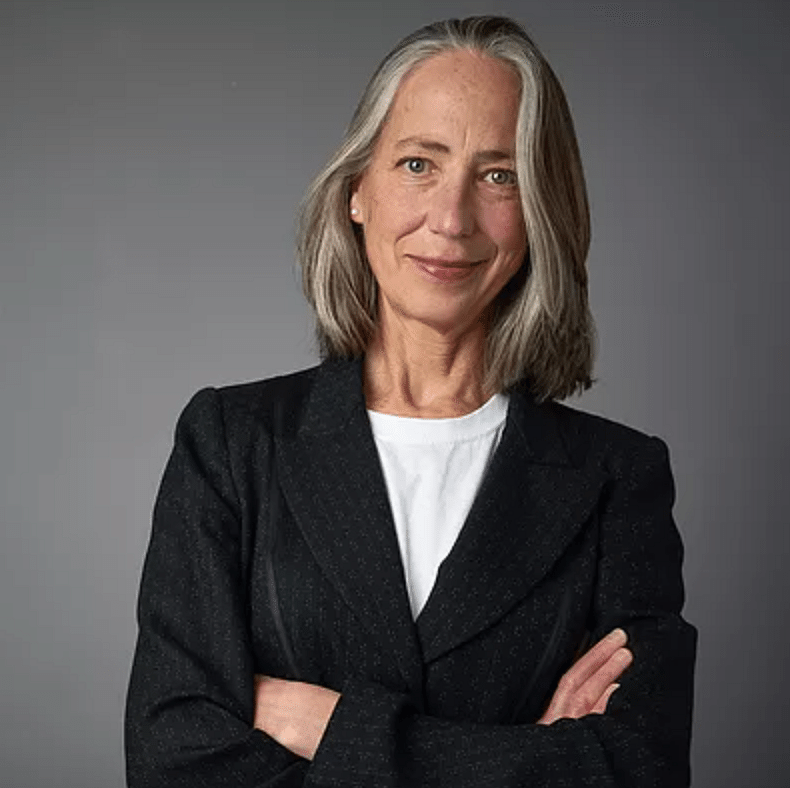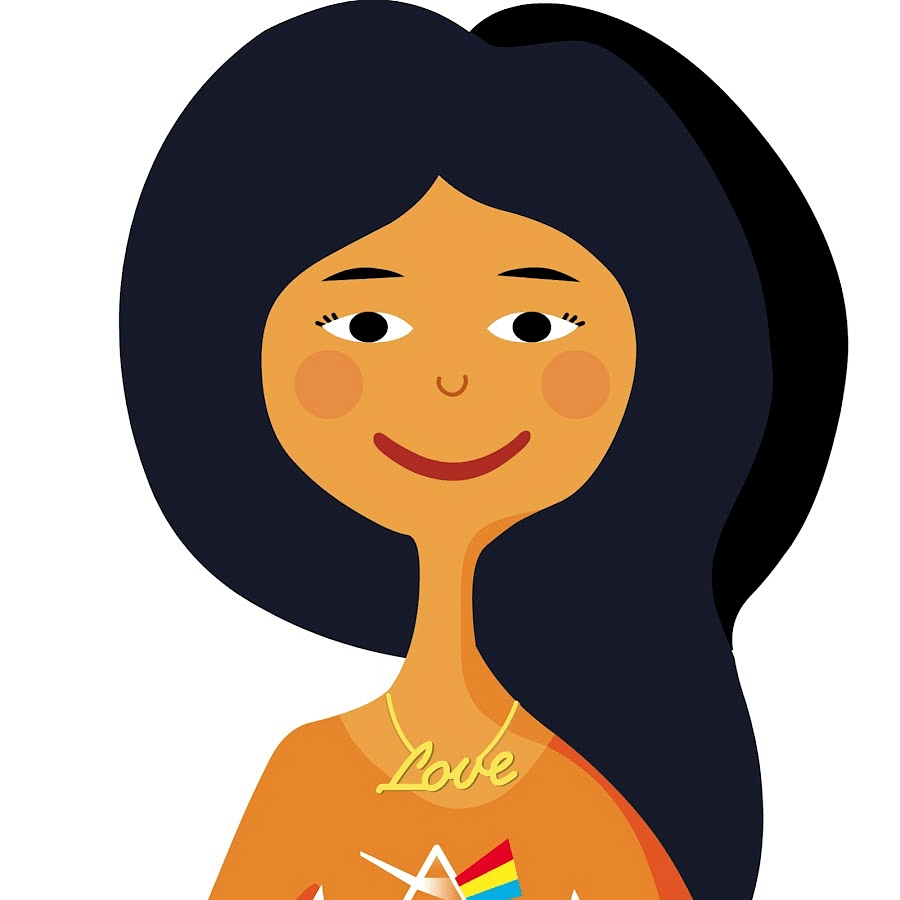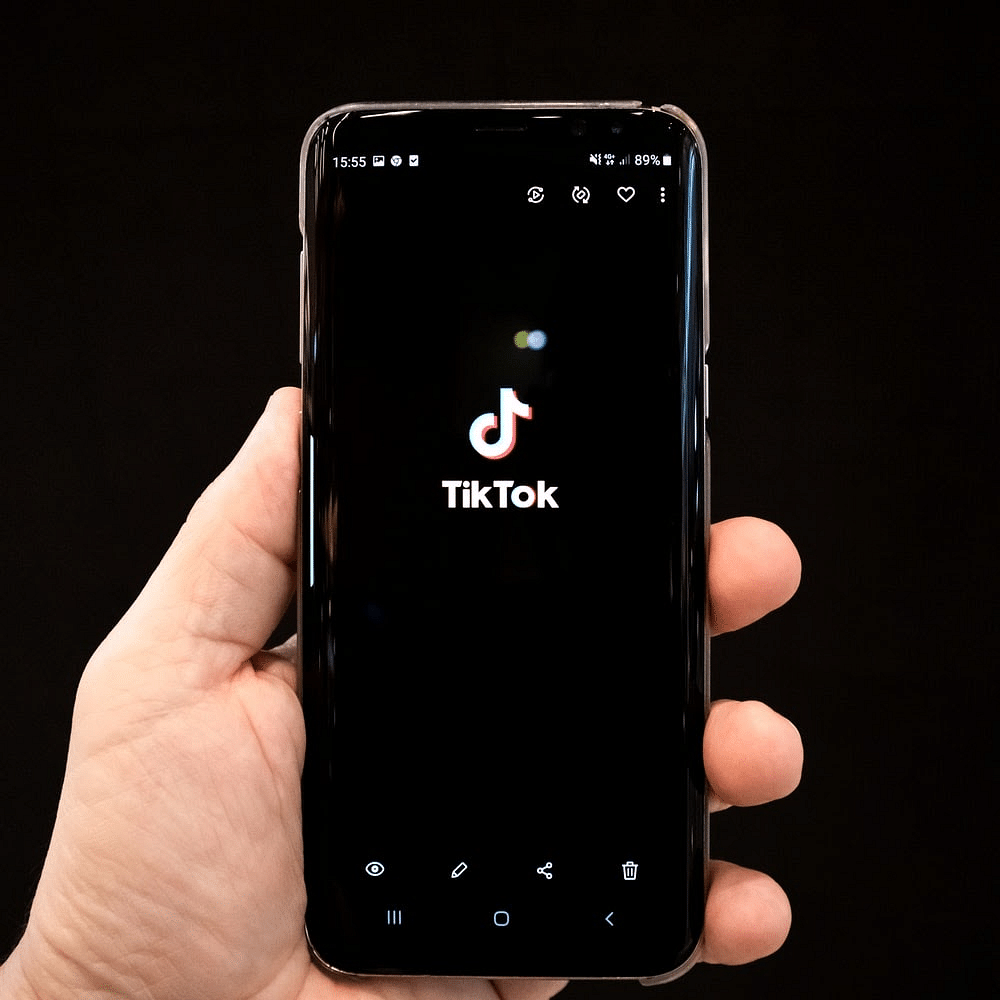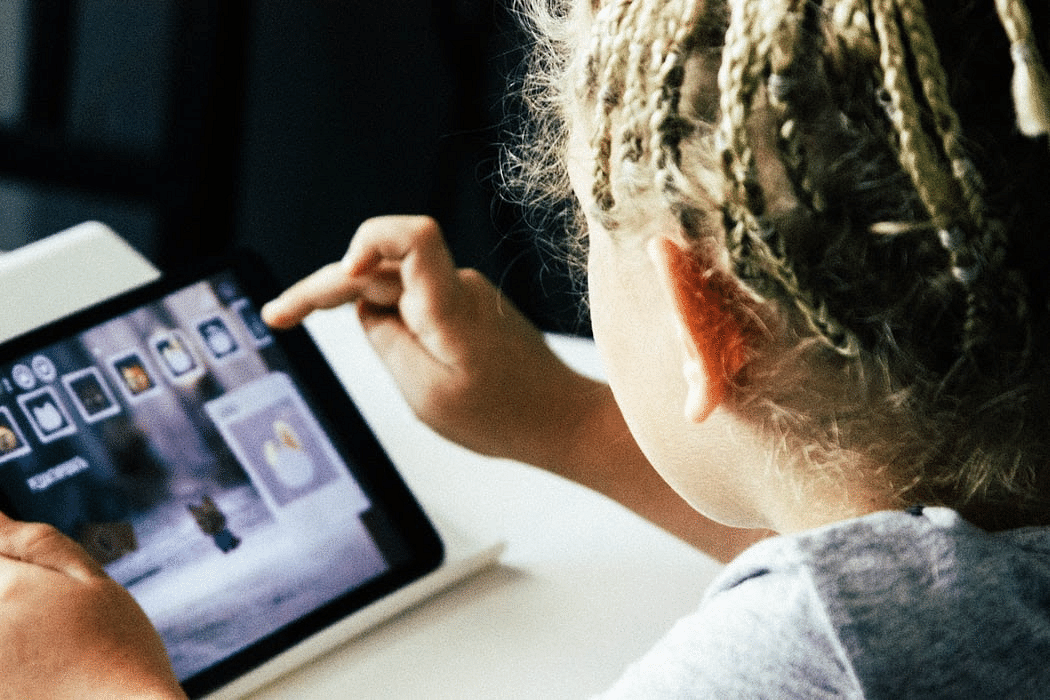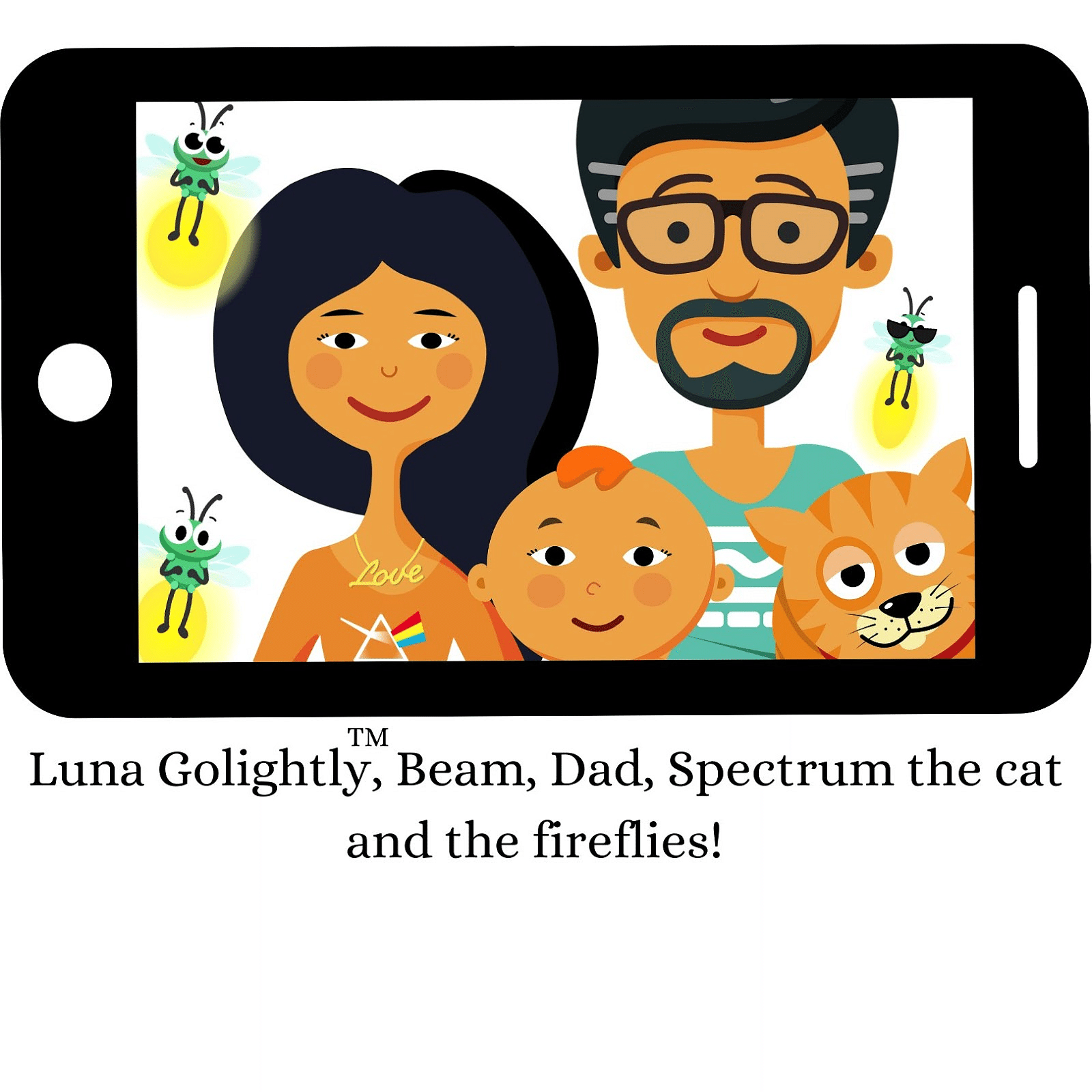
Dr Shelley James’ edumercial series underscores light’s impact on children’s well-being
By Jim James, Founder EASTWEST PR and Host of The UnNoticed Podcast.
Dr. Shelley James is a British optics expert and my sister. And together, we’ve been working on an “edumercial” series called Luna Golightly, which focuses on light’s impact on children’s well-being. While she is the main mind behind the project, I am helping with its public relations.
Luna Golightly has already been trademarked and has been supported by big American, European, and Asian companies.
Image from Age of Light Innovations
Relevant Edumercials
In the series, there’s a character named Luna who explains, in around 60 seconds, the importance of light and what children can do to make the most of it. Part of what prompted Shelley, a professor of light, to launch this project was how she has personally seen children (including my daughters who are 11 and 13 year-olds) staying indoors a lot during the lockdown. The absence of direct sunlight could really make a huge difference: If you don’t go out and get exposed to sunlight, you won’t get Vitamin D processed. Another consequence is its negative impact on your body’s circadian rhythm, which regulates the sleep-wake cycle.
What people often think is that it’s enough to get light through other sources such as LEDs. However, as I’ve learned from Shelley, the impact won’t be the same because the sun is a thousand times stronger than even the most powerful indoor light. Shedding light on such information is what Luna Golightly aims to do.
Image from Luna Golightly on YouTube
For this series, various characters were made, including Luna, her dad, her brother called Beam, a cat called Spectrum, and fireflies. Initially, these were brought to life through some line drawings. Then we felt the need for these to be animated. However, when we went to animation studios in London, the price quotation they gave was around £60,000, which we didn’t have a budget for.
Thanks to Shelley’s network and relationships, the project was able to gain sponsors. Though the project is not about selling a product or a service, she gathered up partners including Fagerhult, Seoul Semiconductor, and Signify (which is the lighting division of Phillips) who have seen the value that the explainer videos provide.
To start with, we allocated a budget to create five videos talking about important light-related issues. For example, the need to wear eyeglasses due to short-sightedness could be reduced by 40% by getting enough sunlight. We also delved into how the lack of exercise and exposure to sunlight can lead to moodiness. There’s also a topic about how the brain won’t switch off unless the blue light is switched off. This is why children in a bedroom with blue light late at night are depriving their brains of rest. All these amazing facts and figures come from Shelley’s study on the science of light.
Made for the TikTok Generation
This series of what we call “edumercials” is really aimed at TikTok audiences.
Image from Unsplash
To create these videos, we used a software called Lumen5 instead of tapping production houses which cost £60,000. Although the production value is not that high, the real value we get is in creating the message and putting it out for the children to see. Instead of paying for production, we are spending the money on promotions.
We worked on a formula wherein, as mentioned, the videos would be around 60 seconds. It would also be injected with various elements. Each video would have a story or a narrative that would define the problem, identify the issue, and propose the solution. For example, if you can’t sleep at night because your brain is too busy working, then the solution is to turn off the lights earlier. Another example is the way light affects food. If a food doesn’t look appetising, it could be that you’re looking at it under some artificial light. Here, the solution is to open the windows or eat your food outside.
When we showed the videos to a focus group in Bristol, some said that the text was too long and that the frames moved too quickly. Based on these, we made adjustments and came up with a formula that there should be no more than eight words in each slide; each frame should be shown up to five seconds, and each video should only contain three key messages.
Using Lumen5 has also been helpful because it allows its user to simply enter a text (for example, “a child rubbing his or her eyes”) then its AI engine will search for relevant pictures — which can be still images or animated. These can be dragged and dropped to make a storyboard. You can also choose from a number of background music files. The tool’s professional version costs around $200 and with it, I can make over a hundred videos with no fixed length. You can also use it for free, however, the output will have a watermark.
Afterwards, we’ve shown the prototype of the content to the focus group and then to the sponsors. Earlier this year, Shelley was able to launch the project through a webinar.
The passion behind the project is to educate young people, especially those between the ages of nine and 14 who can already make decisions for themselves (With such intent, the CEO of Seoul Semiconductor himself has apparently taken an interest personally in the project).
Image from Unsplash
Today, when parents take gadgets away from their children, it can cause arguments already. Therefore, what we need to do is to help them understand why they need to put down their iPads and go outside. This can happen by giving them content within the device itself and within the channels where they’re watching from. Asking them to read a book or watch the big TV or a program like the BBC just doesn’t cut it — there’s a need to go into their space and give them a medium that they’re comfortable with.
Applying the SPEAK|PR Methodology
Using the SPEAK|PR methodology (which means storify, personalise, engage, amplify, and know), I’ve worked with Shelley to develop the project.
For Luna Golightly, we’ve storified by thinking about what happens in someone’s day. For example, we’ve talked about children: how they’re getting up, having their breakfast, sitting down, and logging on to their home-schooling platform. For personalisation, we’ve engaged with young people through having an avatar.
We’re also making our content more engaging by adding light music and images (for instance, animals doing cute things). We’re further amplifying our content by using channels such as YouTube, Facebook, TikTok, and Instagram with the help of our partners. As for the knowing aspect, we’re onto tracking that as the project was only recently launched.
Wrapping Up
Apart from the three biggest sponsors, Shelley also has a large number of other partners involved, like Sue Atkins, who is a parenting expert. And for me, it’s been delightful, as a brother, to work with her on creating amazing content that can help solve problems for young people across the world.
Image from Dr. Shelley James on Twitter
Luna, the avatar we created, has a set of Eurasian characteristics — she is a young person with brown eyes and slightly gangly brown hair. The look of the dad makes it appear as though they’re a transnational family. The cat looks a bit British. The family dynamics we’re creating is a global one because light affects everybody equally. Children around the world are being impacted equally by the absence of light — and the absence of education.
I’m sharing the Luna Golightly project because I wanted to show what can be done. We’ve managed to create characters from nothing; we’ve managed to create a property that has been trademarked and to put that out into the marketplace.
Around the world, especially during the lockdown, there are people like Shelley who use tools and technologies that I talk about on the SPEAK|PR program to create content that can be shared with people; content that can be seen by the people who want to see it within the context that they want to see it. Because, after all, there’s no good in creating something and simply hoping that the people will watch it. You must create content for people using their language. In the case of Luna Golightly, it’s the language of children today: short-form video clips with music, distributed across platforms which they already inhabit.
To find out more about the project, visit www.ageoflightinnovations.com. For enquiries on public relations and how to get noticed, check out my business at www.eastwestpr.com.
This article is based on a transcript from my Podcast The UnNoticed, you can listen here.
Cover photo by Vitolda Klein on Unsplash.

